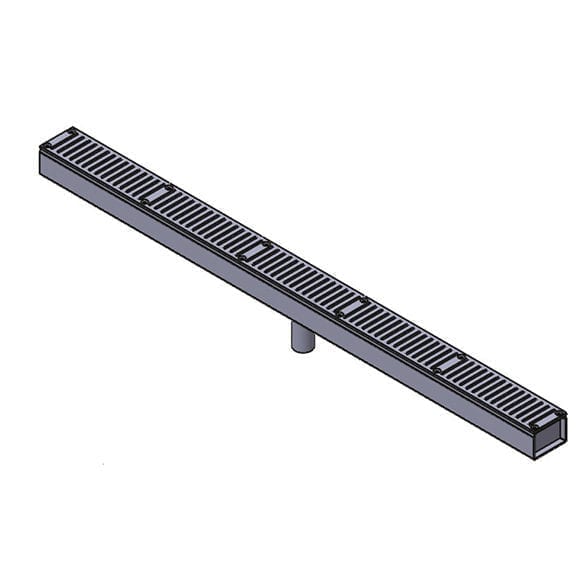

Drift fences with pitfall traps can be used to determine species richness at a site and to detect the presence of rare species.

1988) used these techniques to sample amphibians. For example, 9 of 17 field studies reported for management of terrestrial vertebrates (Sarzo et al. Traps (described below) can be pitfalls, funnel traps, or a combination of the two.ĭrift fences with pitfall or funnel traps and pitfall traps without fences are used commonly to inventory and monitor populations of amphibians and reptiles. 55: 115–116.Straight-line drift fences typically are short barriers (5-15 m) that direct animals traveling on the substrate surface into traps places at the ends of or beside the barriers. A simple inexpensive pitfall trap for collecting arthropods. Methods of sampling scorpion populations. Burrowing activities of the scorpion Anuroctonus phaeodactylus (Wood) (Scorpionida: Vejovidae). Mechanical time-sorting of pitfall captures. The effect of weather conditions on insect activity and the estimation and forecasting of changes in the insect population. An analysis of four year’s captures of insects in a light trap. Predaceous insects, spiders, and mites of Arkansas cotton fields. Seasonal abundance, diel periodicity, and habitat preference of the striped earwig, Labidura riparia (Pallas) in the Coastal Plain of South Carolina. Sampling for bean leaf beetle eggs: Extraction from the soil and location in relation to soybean plants. Ecological methods with particular reference to the study of insect populations.

Calosoma sayi: seasonal history and response to insecticides in soybeans. Striped earwig, Labidura riparia, colonization of soybean fields and response to insecticides. Arthropod predators of the soil surface in soybeans: Seasonal history, feeding behavior, and response to insecticides and tillage practices. Predaceous arthropods in the Florida soybean agroecosystem. Long term can trapping for population analysis of ground-surface, arid-land arachnids. Comparison of ground-surface species in four central Florida ecosystems. Studies of populations of adults in the field, with special reference to the technique of pitfall trapping. Ecology of two carabid beetles, Bembidion lam pros (Herbst) and Trechus quadristriatus (Schrank). Ground beetles in cropland in South Dakota.

Some characteristics of simple types of predation and parasitism. Effects of insecticides on the predaceous arthropod fauna of Louisiana sugarcane fields. Predaceous arthropods of Florida soybean fields. Seasonal changes of activity of the Carabidae. Pitfall trapping as a method for studying populations of Carabidae (Coleoptera). A method for quantifying pitfall trapping. Carabidae (Coleoptera) of an arable field in central Alberta. Carabidae (Coleoptera) as predators of the red-backed cutworm (Lepidoptera: Noctuidae) in central Alberta. Carabidae collected in pitfall traps in Iowa cornfields, fencerows, and prairies. Methods of study in quantitative soil ecology: population, production and energy flow. A comparison of extraction methods for terrestrial arthropods. A population of spiders in limestone grassland. A comparison of pitfall trapping and soil sampling in assessing populations of two species of ground beetles (Col: Carabidae).


 0 kommentar(er)
0 kommentar(er)
